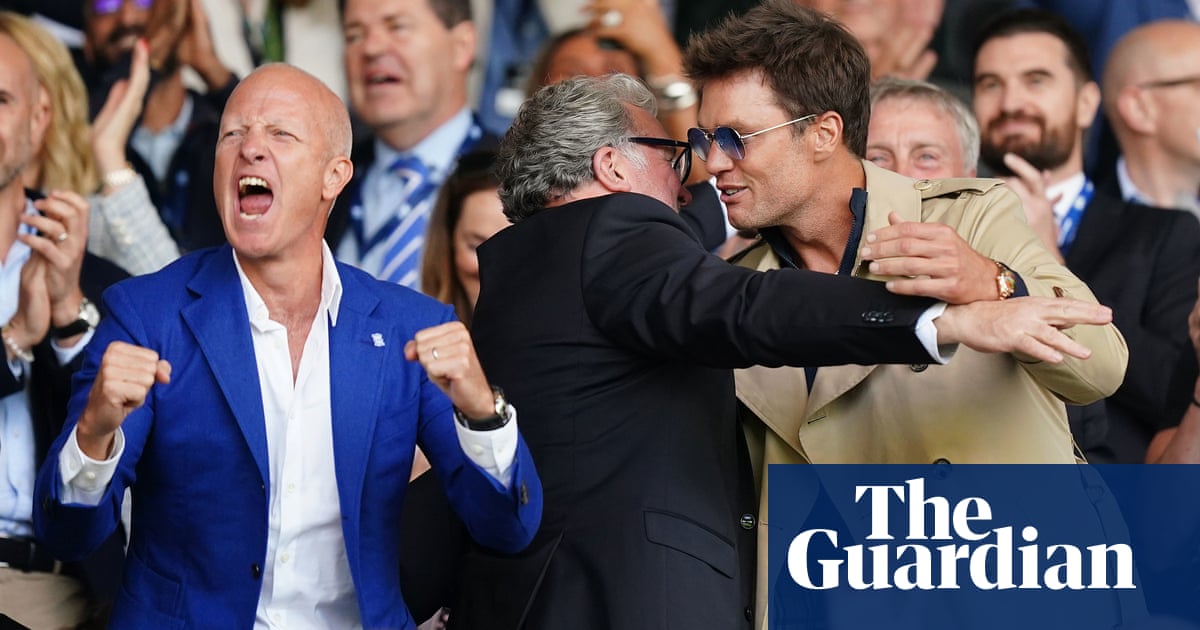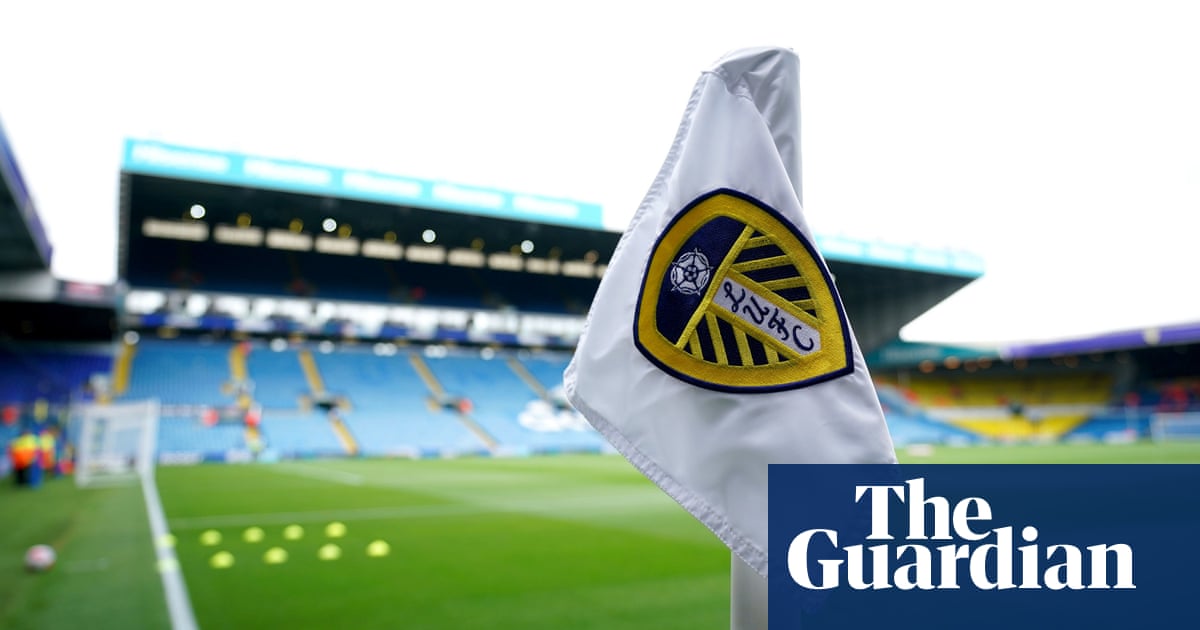
Ever wondered what you need to do to buy a football club? Several English Football League clubs have changed hands in the past few months, some involving more high-profile investors than others, and the introduction of new regulations this summer meant updated guidance around acquisitions was issued recently to all 72 clubs, mapping out the must-haves and key steps along the way, including the owners’ and directors’ test. Here is a look at what’s involved and how the process has changed …
What is the process in a nutshell?
A takeover is formally known as acquisition of control. The club in question informing the EFL of a proposed change of ownership is the trigger for the start of the process, to which there are three key parts: the owners’ and directors’ test (OADT), source and sufficiency funding and future financial information (FFI). Control, as per EFL regulations, is at least a 25% shareholding, reduced from 30% as a result of changes passed in June. Prospective purchasers need to demonstrate eligibility via identity verification and proof they are able to provide necessary funding to buy and then operate the club going forward.
The procedure can be straightforward or complex, depending on factors such as the number of investors, structure and the origin of investment. It begins with a meeting between the EFL, club, seller and purchaser and ends at the authorisation stage. After a sale, the club financial reporting unit (CFRU), formed last year, in effect marks a club’s homework, ensuring they adhere to FFI, focusing on expenditure and income. “The CFRU monitors performance against business plans and keeps a steady handle on the tiller, so to speak,” says Nick Craig, the league’s chief operating officer, who has been an in-house solicitor for 22 years.
Arguably the key point is that the assessment is not to determine suitability, but eligibility. “One of the challenges is that ‘the badge of EFL approval’ carries this idea that they are deemed somehow suitable,” says Craig, who oversees the league’s legal, governance and operational departments. “It is clearance to take up the role, it is not wider approval. It’s not: ‘Yeah, we think they are going to be a decent owner.’ Only time will tell whether owners are good or bad.”
What has changed over the years?
Craig helped to draft the league’s original test in 2004, then known as the fit and proper person’s test, which was later adopted by the Premier League. This summer, the EFL extended the list of disqualifying conditions to include the expulsion of clubs in other sports and take in wider corporate insolvencies, not just those at football clubs as previously, and introduced a rule preventing clubs from announcing any change of ownership before ratification from the league. “We shouldn’t just be the end game, we have got to be intrinsically involved if we are to do the job effectively,” Craig says. Is this the most stringent OADT test yet? “Yes, it is,” he says.
The collapse of Bury FC prompted change in the regulations two years ago. “Previously, somebody could present information to us even after they acquired the club – they had up to 10 days after they already acquired the club to present information,” Craig says. “[The OADT] evolves and reacts to circumstances we have dealt with. Whilst it is massively different from 2004, I don’t think: ‘That’s it, it’s now set in stone,’ because there is further work to be done in terms of integration with an independent regulator of football, when that comes.”
Why do some takeovers take longer than others?
“Every transaction is different,” says Craig. Some changes of control are relatively simple, for example Mike Danson’s takeover of Wigan in June, one individual with clear statements of personal wealth and a clear track record in business. Birmingham City’s takeover by Shelby Companies Limited in July was complicated by the transaction requiring approval of the Hong Kong stock exchange, where previous owners, Birmingham Sports Holdings, formerly Trillion Trophy Asia Limited, is listed. Others, such as the 49ers Enterprises takeover of Leeds, involved lots of players, including golfers Jordan Spieth and Justin Thomas, and was complicated by multiple investment groups. “You then have to look up the corporate tree of those various groups to identify the individuals who will have ultimate beneficial ownership,” Craig says. “It can take a lot longer if you’re looking at more people and transactions might need external approvals.”
The EFL interrogate information supplied by potential buyers and do a range of background checks in terms of source and sufficiency, as part of what Craig insists is a robust approach. “We’re looking at bank accounts, asset statements, trading histories of companies, stock records, we go into a significant level of detail,” he says. “Where we think individuals have failed to provide all relevant information or provided false information, or made serious omissions, we won’t give them clearance. Unless we are satisfied, it won’t get through.”
Has there been a shift in the dynamic of ownerships?
It feels a lifetime since the Hollywood actor Mindy Kaling introduced Oprah Winfrey to Swansea City while the Welsh club were in the Premier League, and in the past couple of years there has been a trend in the game of high-profile investors fronting takeovers, many from the US. The sporting power couple JJ and Kealia Watt invested in Burnley before they clinched the Championship title in May and the actor Michael B Jordan is a shareholder at Bournemouth. This season the EFL welcomed A-listers in the shape of Wrexham’s owners and last month the seven-time Super Bowl champion Tom Brady came on board as a minority owner at Birmingham. “We would treat a Hollywood celebrity or an NFL sports star no differently to a UK-based businessman who wants to buy his club,” Craig says.
Are we seeing a move away from the benefactor model?
In many ways, club ownership is a thankless task; EFL clubs are forecast to lose £400m this season and will rely on the ongoing goodwill of their owners to stay in business. Most clubs are reliant on player sales or owner funding to fill a black hole. Last year the Hemmings family detailed how they invest £12m at Preston North End just to cover the annual shortfall and this week Simon Sadler defended his financial input at Blackpool, revealing he has invested £18m since acquiring the club in 2019 and expects to fund another £5m out of his own pocket this season.
What about the takeovers that fall through?
“You don’t see the ones that don’t get through the gate,” says Craig. And gone are the days, it is hoped, that some of those do prematurely surface. In February, Morecambe said the 20-year-old entrepreneur Sarbjot Johal was “eager to start the project to take the club on to a new level, subject to satisfactorily navigating the EFL owners’ and directors’ test”, the same month Dozy Mmobuosi claimed he was close to taking control of Sheffield United. Two years ago, Erik Alonso talked about one day leading Derby County into the Champions League after saying he was “privileged to take ownership” of the club only for his deal to collapse a month later. Sometimes prospective owners are refused by the EFL, on other occasions talks breakdown between parties. “We have had a small handful of cases where individuals have been found to have provided false information during our processes,” Craig says. “Our conditions are well-publicised.”
How might an independent regulator view the process?
This year the government published a white paper on football governance, announcing its plans to introduce an independent regulator of the game, to help prevent financial failings seen at Bury and Macclesfield Town and to ultimately protect its long-term future. “I think they can take a lot of learnings from what we have done,” Craig says. “A significant amount of time has been spent talking with DCMS [the Department for Culture, Media and Sport] about what we have learned. I think there is a further round of discussion to go. It is not quite clear yet where that is going to land, because we’ve not seen the draft bill from DCMS.”
How does the Premier League process compare?
“We are very aligned with the Premier League,” says Craig. The EFL works with the Premier League to analyse the regulations and where they may need to be tweaked. For example, it is currently in discussions about how to regulate the process that would apply in the event of an existing owner being disqualified. For example the Fleetwood Town owner, Andy Pilley, was jailed for fraud in July, while Roman Abramovich was disqualified as a director by the Premier League last year after having sanctions imposed on him by the UK government. At the same time, it is not a one-size-fits-all test. One of the only differences arrived this year when the Premier League introduced an independent oversight panel to oversee decisions made by its board, something the EFL viewed as unnecessary. “I am concerned about the idea of multiple tests across multiple leagues,” Craig says. “It would make more sense for football to have one test across the whole of the game. We will have to work through that with the independent regulator.”












